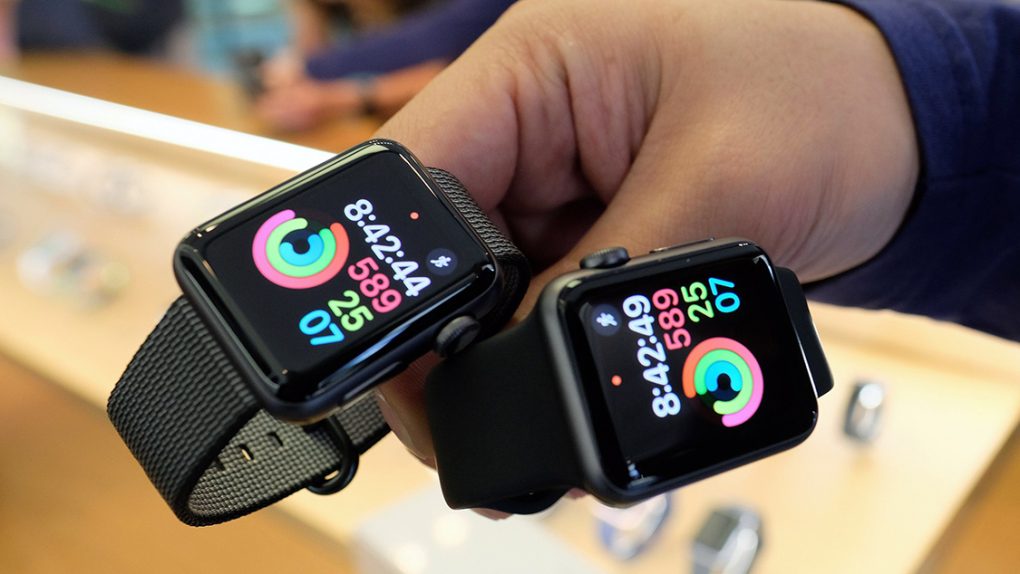Switching to OLED displays on the iPhone X was a huge change for Apple. The company has been famously prissy about the screens in its devices, and it took Apple years longer than the rest of the industry to make the leap from LCD to OLED for its flagship smartphone’s screen. But although Apple still has some work to do integrating OLED into the rest of its iPhone lineup, new rumors out of Taiwan suggest the company is already looking to the future.
According to Digitimes, Apple is in “preliminary talks” with Taiwanese firm PlayNitride over “cooperation in the micro LED segment.” PlayNitride has just had an application approved to invest $17.1 million in a production facility for MicroLED displays, and it seems as though Apple is particularly interested in what the company has to offer.
The report says that “PlayNitride will produce micro LEDs, display modules and panels [at the facility]. Micro LEDs feature low power consumption, high brightness, ultra-high resolution and color saturation, quick response time and long service life. Micro LED displays can be used in smartphones, smartwatches, VR devices and large-size TVs.”
Given the current high cost of MicroLED displays, there are only two applications that Apple is rumored to be looking into right now, and neither of them involve smartphones. The first, and likeliest to happen in the near future, is a next-generation Apple Watch with a MicroLED display, which could make the device last longer and possibly be thinner.
The second, and far juicier, is the possibility of a MicroLED display-powered augmented reality headset. Apple has long stated its interest in AR, and if the company is projecting a two or three year delay until launch of AR glasses, that’s enough time to get MicroLED production going.
This new report lines up with one we saw earlier this week, which said that Apple has already partnered with longtime manufacturing partner TSMC to produce MicroLED displays for future AR glasses. Apple’s interest in PlayNitride’s facility could simply be a matter of hedging its bets, or it could be an indication that Apple will need to ramp up production in the near future.










